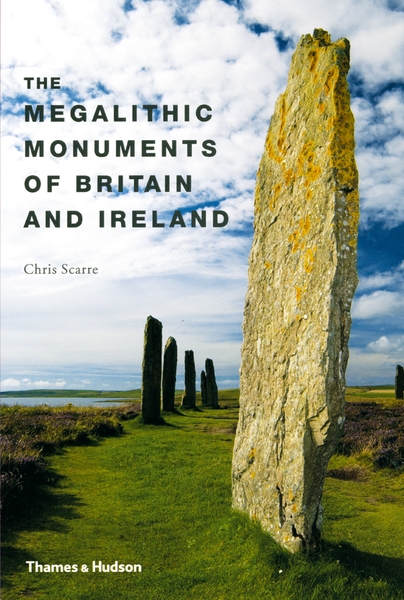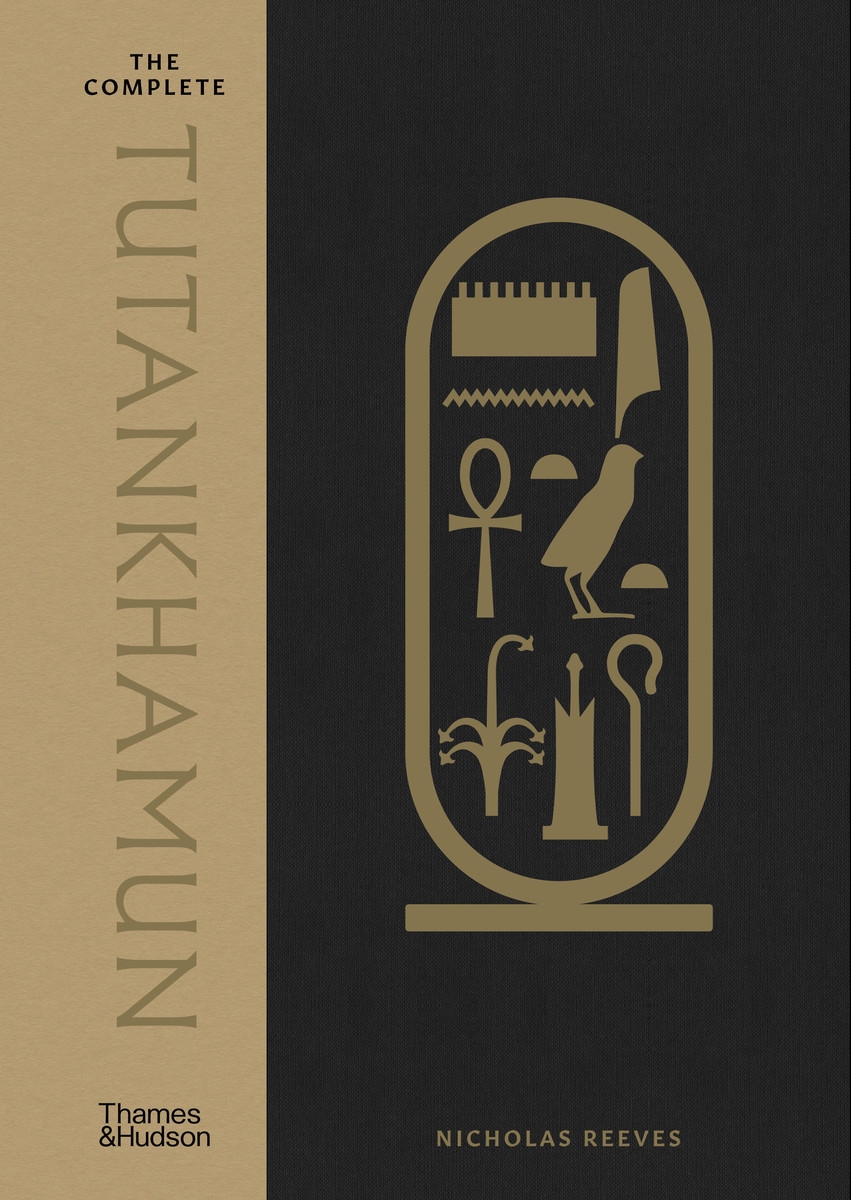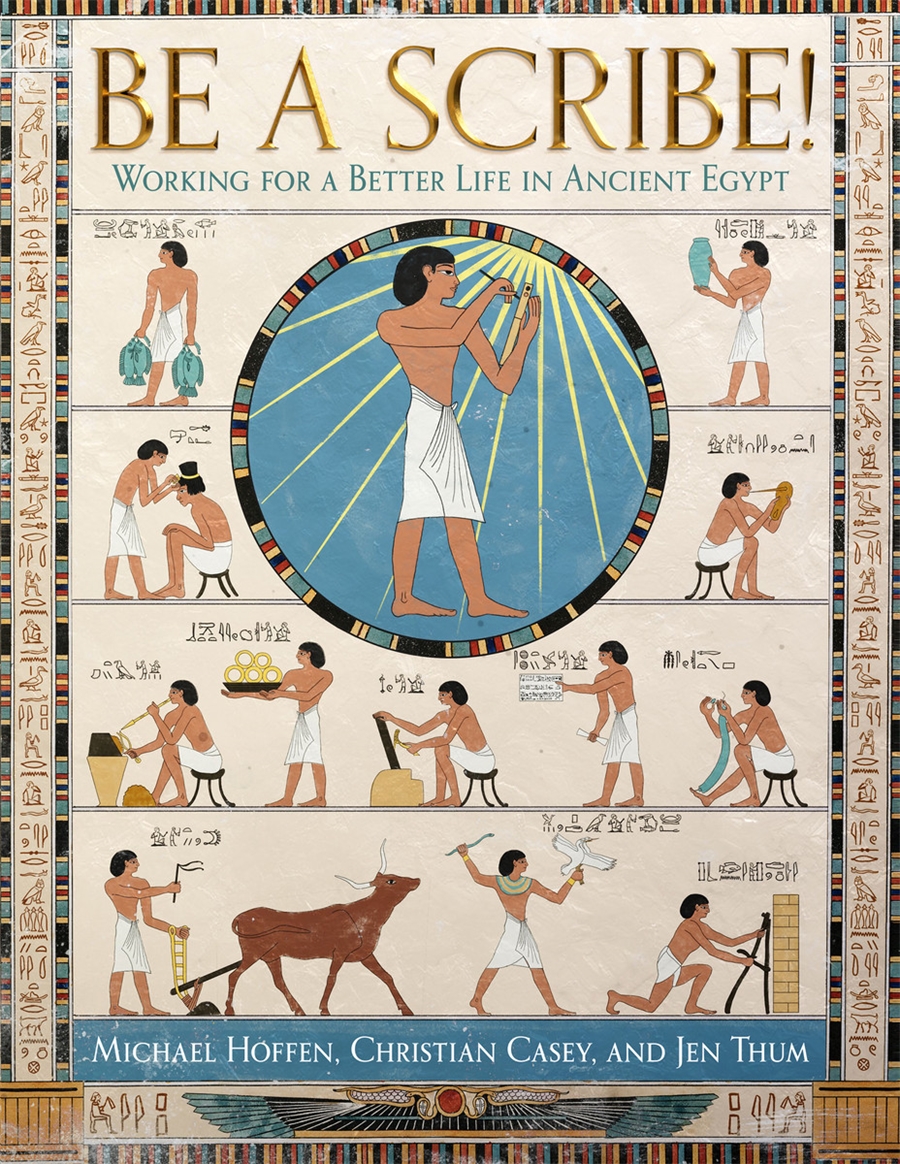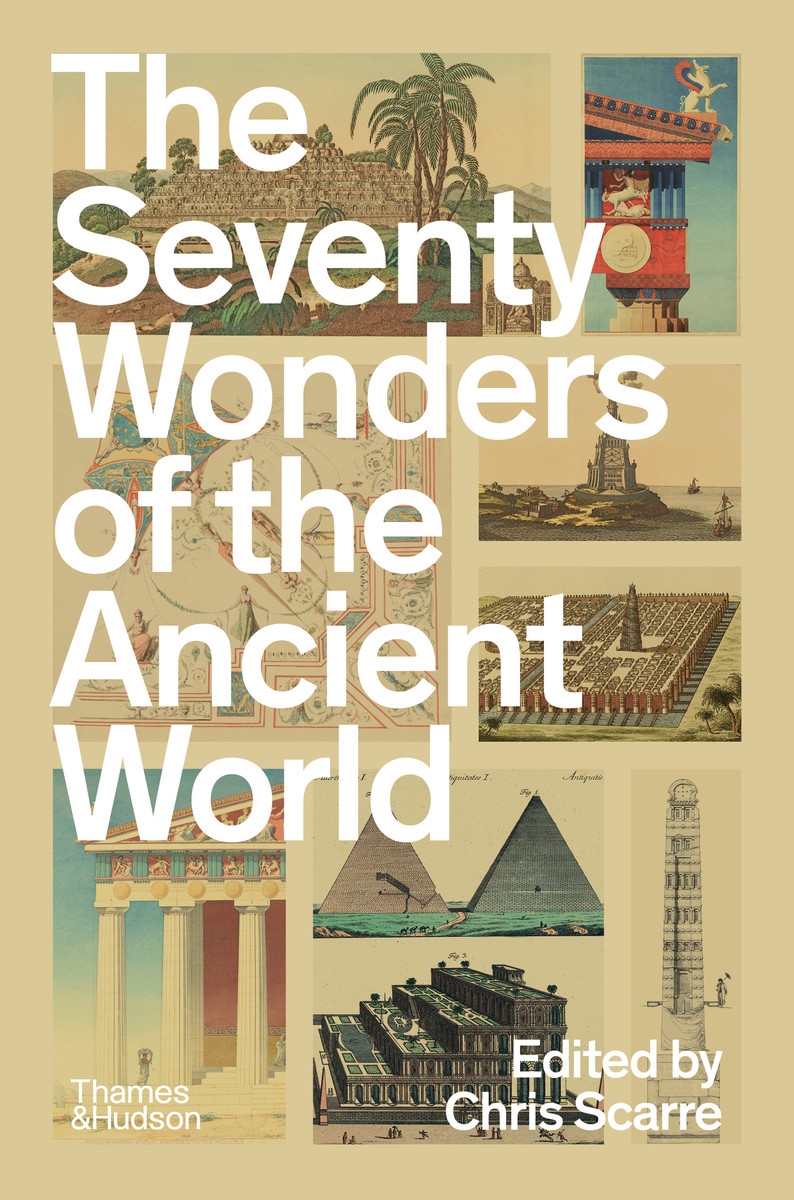Description
Using massive stone blocks (megaliths), timber posts and mounds of earth or chalk, great monuments were built from the beginning of the Neolithic some 6,000 years ago down into the Bronze Age. The number and sheer diversity of these structures is astonishing. Stone circles and chambered tombs, burial mounds and earthwork enclosures, henges and cursus monuments, all belong to the same general category of monumental prehistoric architecture. Tombs, sanctuaries, places of cult and of memory: these Neolithic monuments had numerous functions in prehistoric societies. Transforming the landscape, such grand structures must have represented for their communities a particular way of responding to changing social and symbolic needs, whether processing the dead, gathering for ceremonies or embellishing locations that were of sacred significance.
Organized by geographical area, this authoritative overview is ideal for traveller and student alike.



